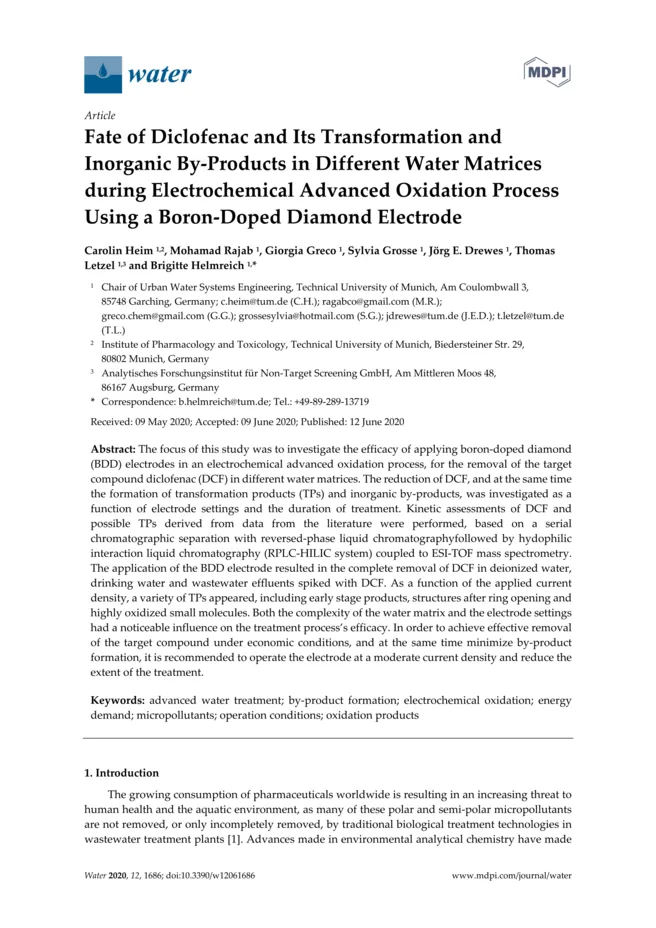Nils Horstmeyer/Stephanie Rapp-Fiegle/Brigitte Helmreich/Jörg E. Drewes
1. dition 2014,
170 pages
69,80 EUR incl. 7 % VAT
ISBN: 9783835672581
www.di-verlag.de/de/Kosten-der-Abwasserbehandlung
This book entitled „Cost estimates of wastewater treatment“ summarizes key findings of a study focusing on capital expenditures and retrofitting costs of municipal wastewater treatment facilities, which was prepared by the Chair of Urban Water Systems Engineering at the Technische Universität München on behalf of the Bavarian Environment Agency (LfU). Beside considerung aspects of financing and estimates of captital expenditures for municipal wastewater treatment facilities, the report also focused on rate and management structures of municipal wastewater treatment service providers. In addition, appropriate time periods to derive cost estimates and strategies to minimize costs are being discussed. Specific cost data were gathered during this study for the time period 2001 – 2011 for facilities in the state of Bavaria. In total, 608 sewer system projects representing a length of 179 km and capital expenditures of approximately 60,102,000 € were considered. In the category of special facilities, 151 projects with total capital expenditures of approximately 64,666,000 € were evaluated. In the category of municipal wastewater treatment facilities, a total of 38 projects representing entire facilities with expenditures of approximately 11,557,000 € and 138 projects representing partial facilities with expenditures of approximately 135,307,000 € were considered. Data were normalized to length of sewer system (in meter) and service capacity. Results are presented as boxplots, medians, regressions and bar diagrams. Specific factors that impact costs are being discussed. In particular for sewer systems, the timing of announcing tenders, groundwater pumping regimes during construction, and soil class categories were identified as key parameters affecting costs.
